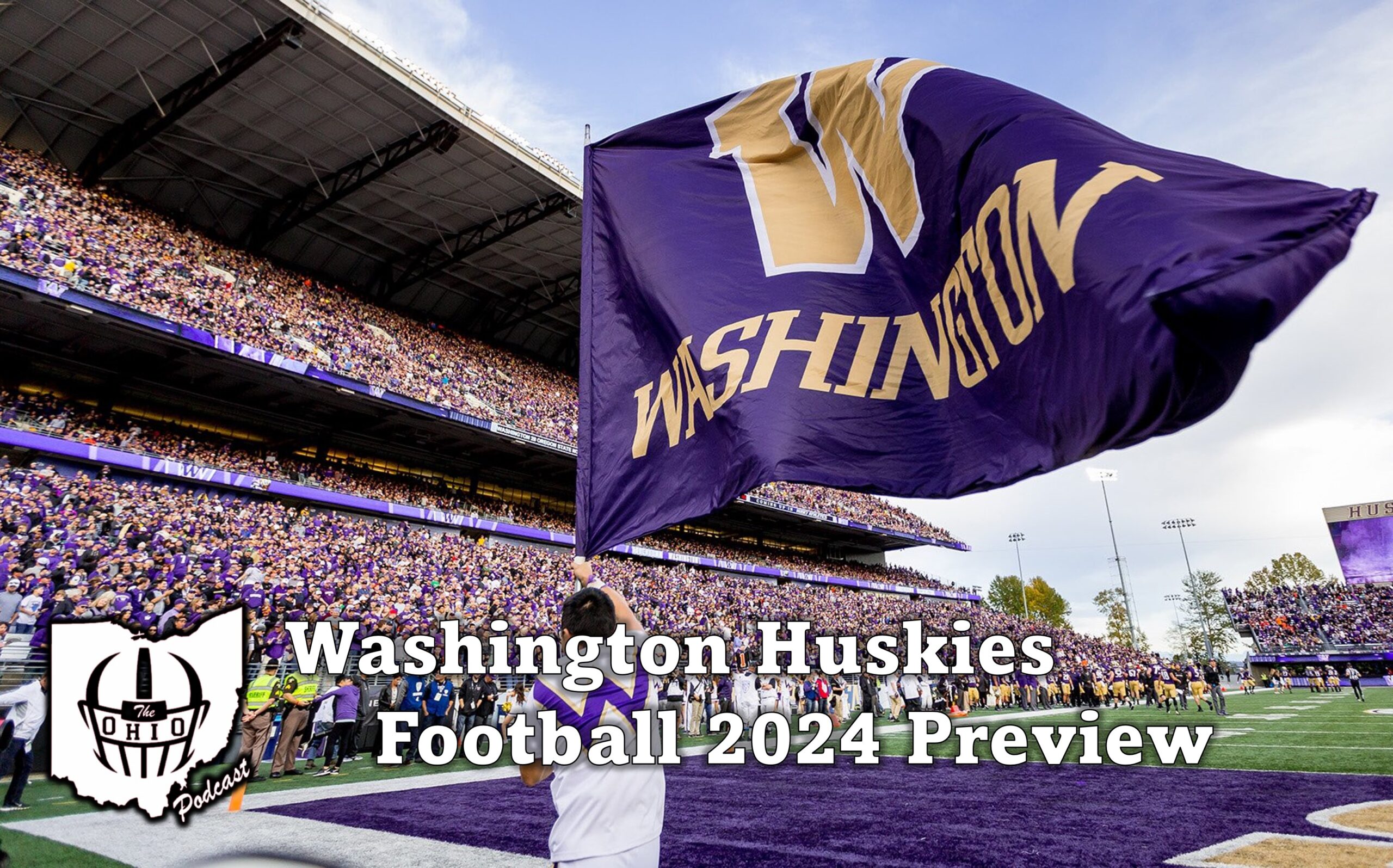
As the Washington Huskies gear up for the upcoming season, several compelling storylines and roster changes demand attention. With a new head coach, significant turnover in the athletic department, and a transition to the Big Ten, the team is poised for a fresh start in many ways. Here’s a detailed look at what to expect from the Huskies this year.
Major Storylines
The departure of former head coach Kalen DeBoer to Alabama and the introduction of new head coach Jed Fish bring new philosophies and strategies to the team. Fish’s coaching acumen, particularly his success at Arizona, brings optimism, but the transition period may be challenging.
Washington has experienced notable changes in athletic leadership. Jen Cohen moved to USC, followed briefly by Troy Dannen before he left for Nebraska. The new athletic director, Pat Chun, formerly of Washington State, brings significant experience and understanding of the Big Ten’s competitive landscape.
The new coaching staff has adopted a more aggressive approach to high school recruiting, aiming to secure top talent. The current recruiting class is ranked 17th nationally, indicating a promising start. This class is as strong as any signed during the Chris Peterson era. The staff’s ability to develop players will be crucial. Jed Fish achieved notable success at Arizona, including one of only three ten-win seasons in the university’s history. His ability to develop players, such as making Jordan Morgan a first-round NFL draft pick, will be vital for Washington.
The Huskies’ move to the Big Ten conference is a major transition. This change brings new challenges, especially regarding the physicality and travel demands of the Big Ten schedule. Key games to watch include a mid-November clash at Penn State and a rematch with Oregon. These matchups will test the Huskies’ endurance and adaptability. The physicality of Big Ten defenses and the extensive travel will be significant factors.
Roster Breakdown
Will Rogers takes over from Michael Penix, Jr. While Penix was a generational talent, Rogers brings significant experience, being second all-time in SEC passing yards and fourth in touchdown passes. Cam Davis returns from injury, providing a strong one-two punch with Jonah Coleman, a key transfer from Arizona known for his speed and strength. Denzel Boston and Jeremiah Hunter lead the receiving corps. Boston, who has been impressive in practice, and Hunter, with over 2000 receiving yards at Cal, will be crucial targets. The offensive line faces the most uncertainty, with significant turnover from last season. Key losses include Parker Brailsford, who would likely still be a Husky if not for the coaching change. The line will feature transfers like Maximus McCree and Drew Azzopardi, who bring talent but also inexperience. Offensive coordinator and line coach Brennan Carroll has a track record of developing talent, but this group remains a question mark.
The defensive line will see varied formations and personnel, with key contributions expected from transfer Sebastian Valdez and edge rusher Deszak Durfee. Carson Bruner, son of Husky legend Mark Bruner, will be a key player to watch. The defensive backfield is deep, featuring talents like Ephesians Prysock, Elijah Jackson, and transfers such as Jordan Straw and Leroy Bryan. This depth will be essential against the high-powered offenses they will face in the Big Ten.
Strengths and Weaknesses
The skill positions on offense, including wide receivers and running backs, remain strong. The defensive secondary is deep and competitive, likely to perform well against diverse offensive schemes. The offensive line is the biggest question mark. Its performance will be crucial in determining the team’s success. Additionally, the physicality and travel demands of the Big Ten schedule pose significant challenges.
Schedule and Predictions
The Huskies’ schedule features several key matchups that will test their mettle. The first four games are winnable, but the real challenge begins with back-to-back games against Rutgers, Michigan, and Iowa. The midseason stretch includes a bye, a game against Indiana, and tough contests against USC and Penn State. The season concludes with a home game against UCLA and the highly anticipated rematch with Oregon.
If the offensive line struggles, the Huskies could find themselves in a tough spot, potentially winning only five or six games. With average or better offensive line play, Washington could achieve an 8-4 or even 9-3 record. The team’s home-field advantage is significant, with Husky Stadium being one of the toughest venues to play in college football.
The transition to the Big Ten presents both challenges and opportunities for the Huskies. The team’s ability to adapt to the new conference, combined with the development of key players and effective coaching, will determine their success this season. Keep an eye on Washington as they navigate this exciting new chapter in their football journey.
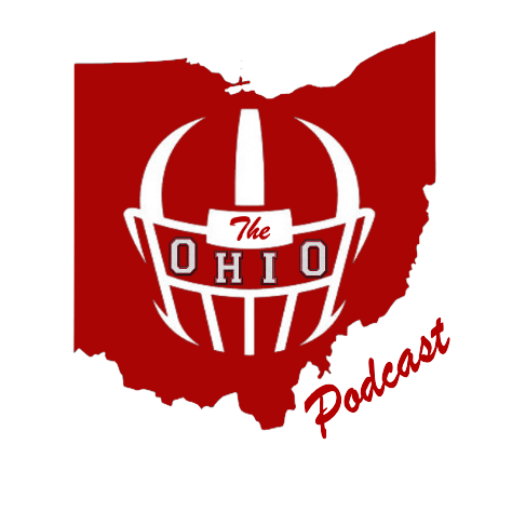
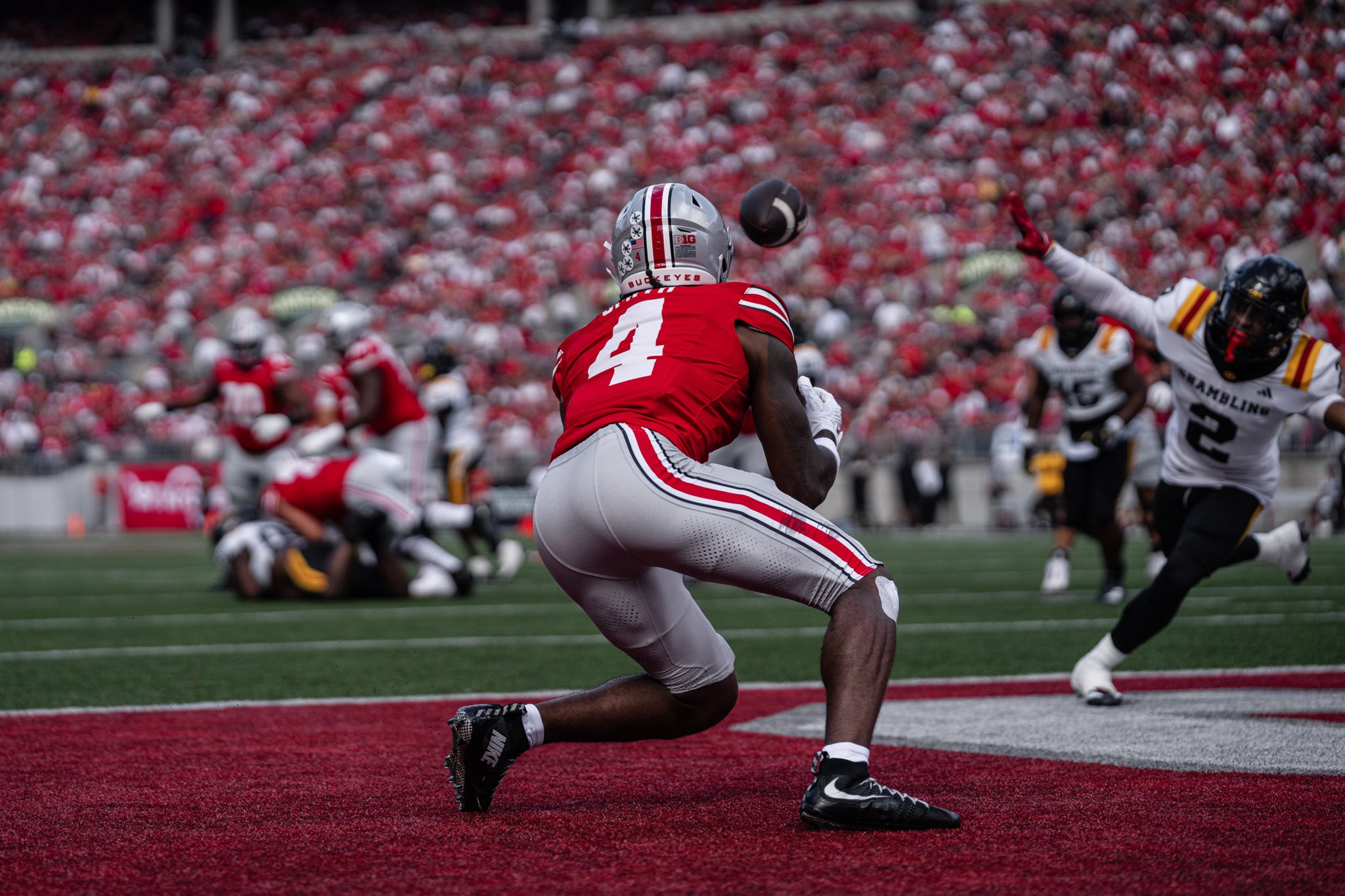
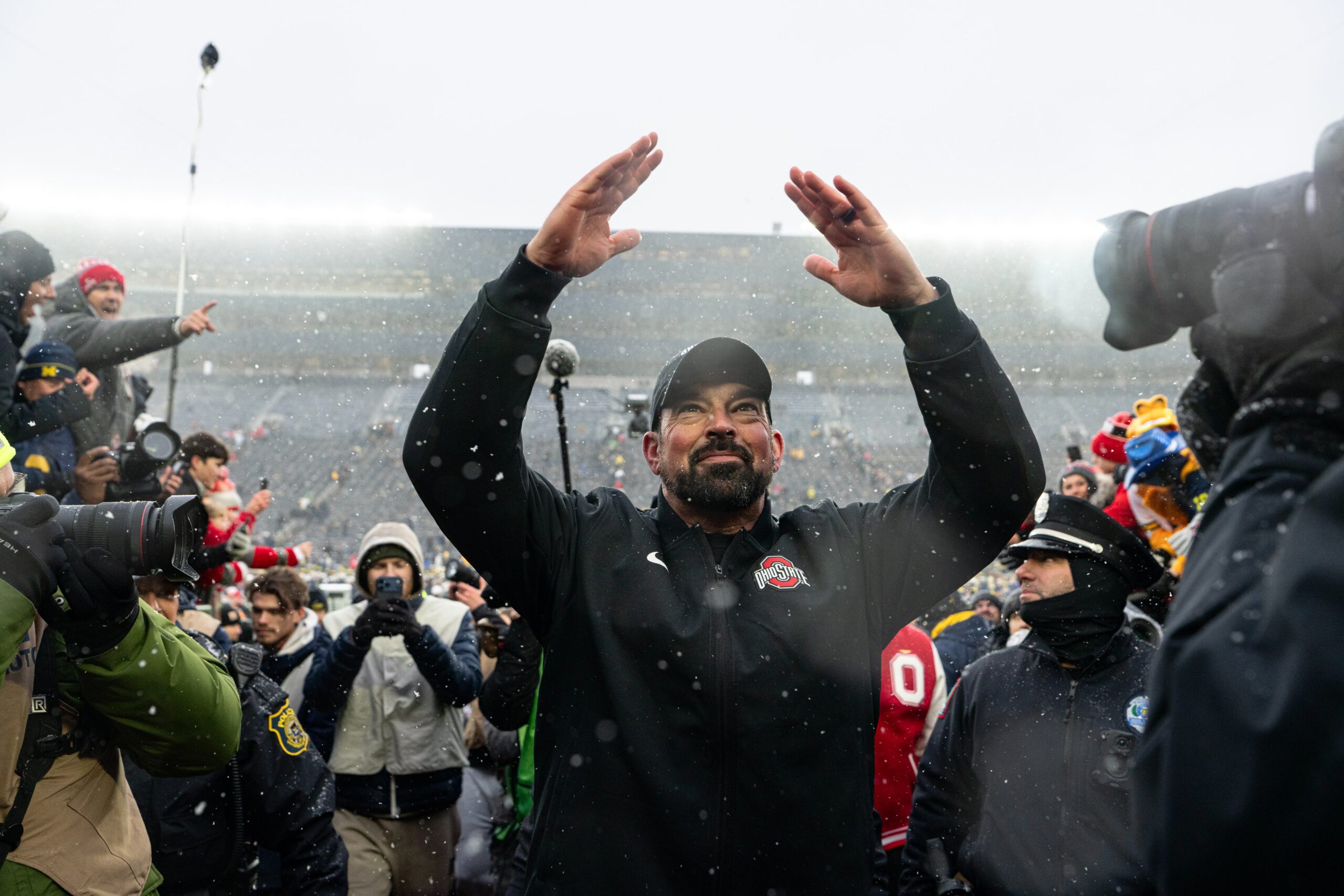
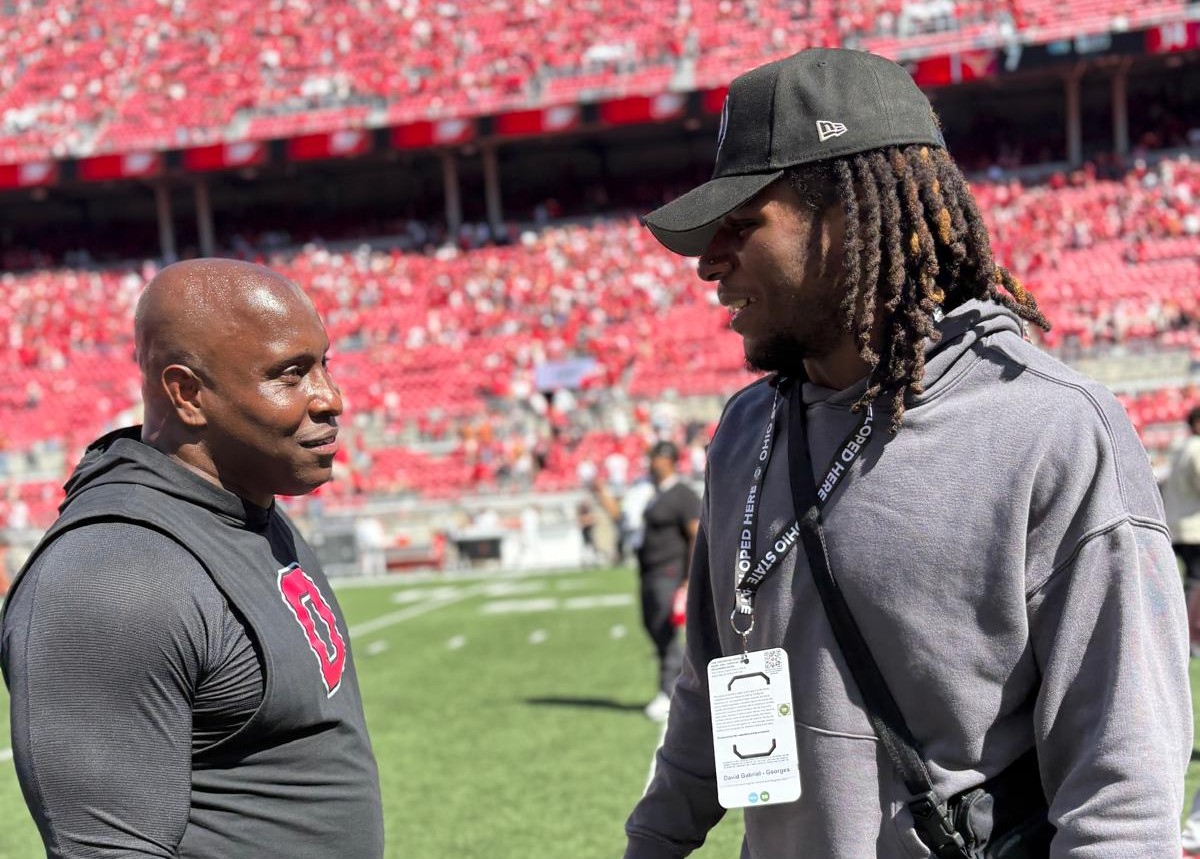
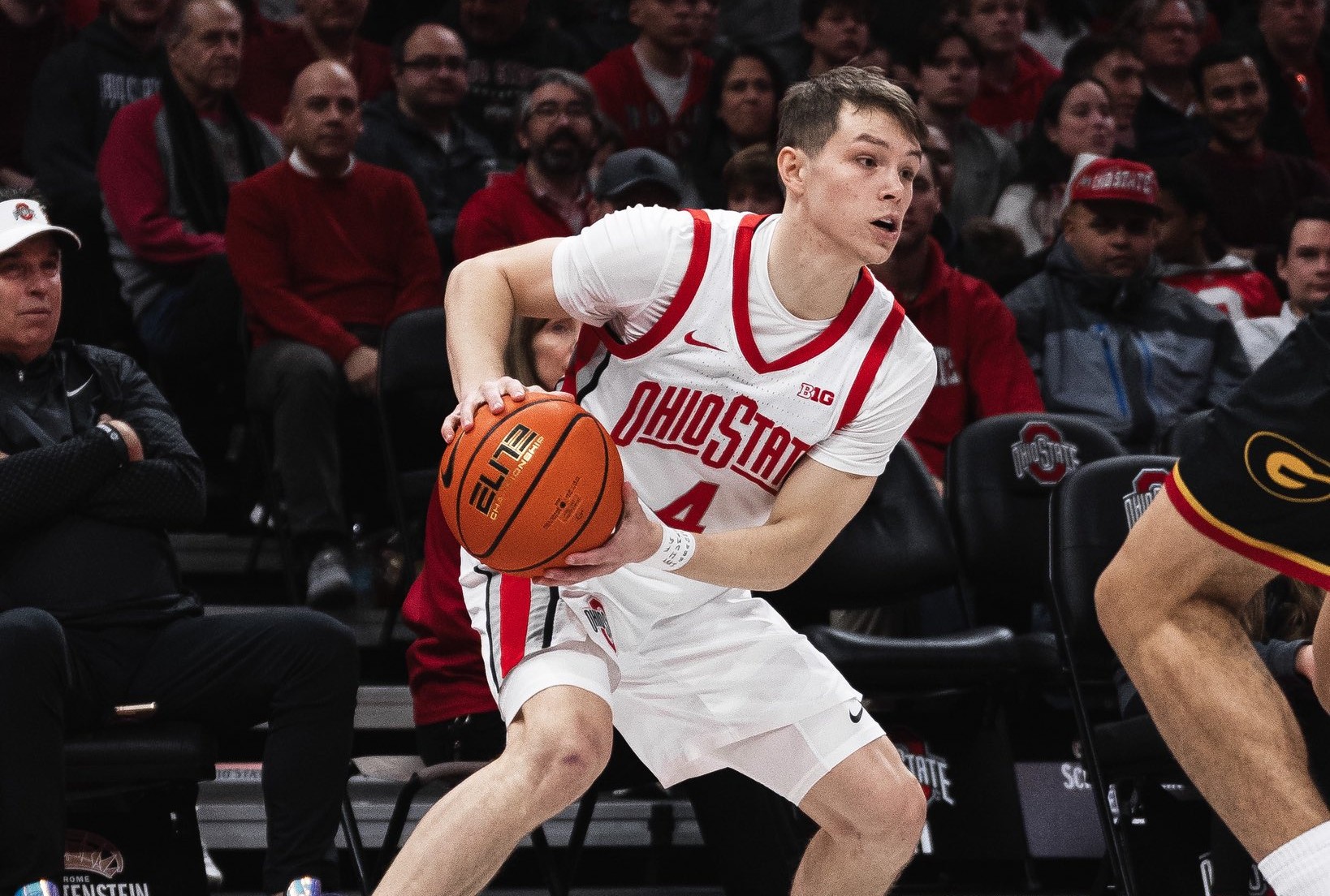
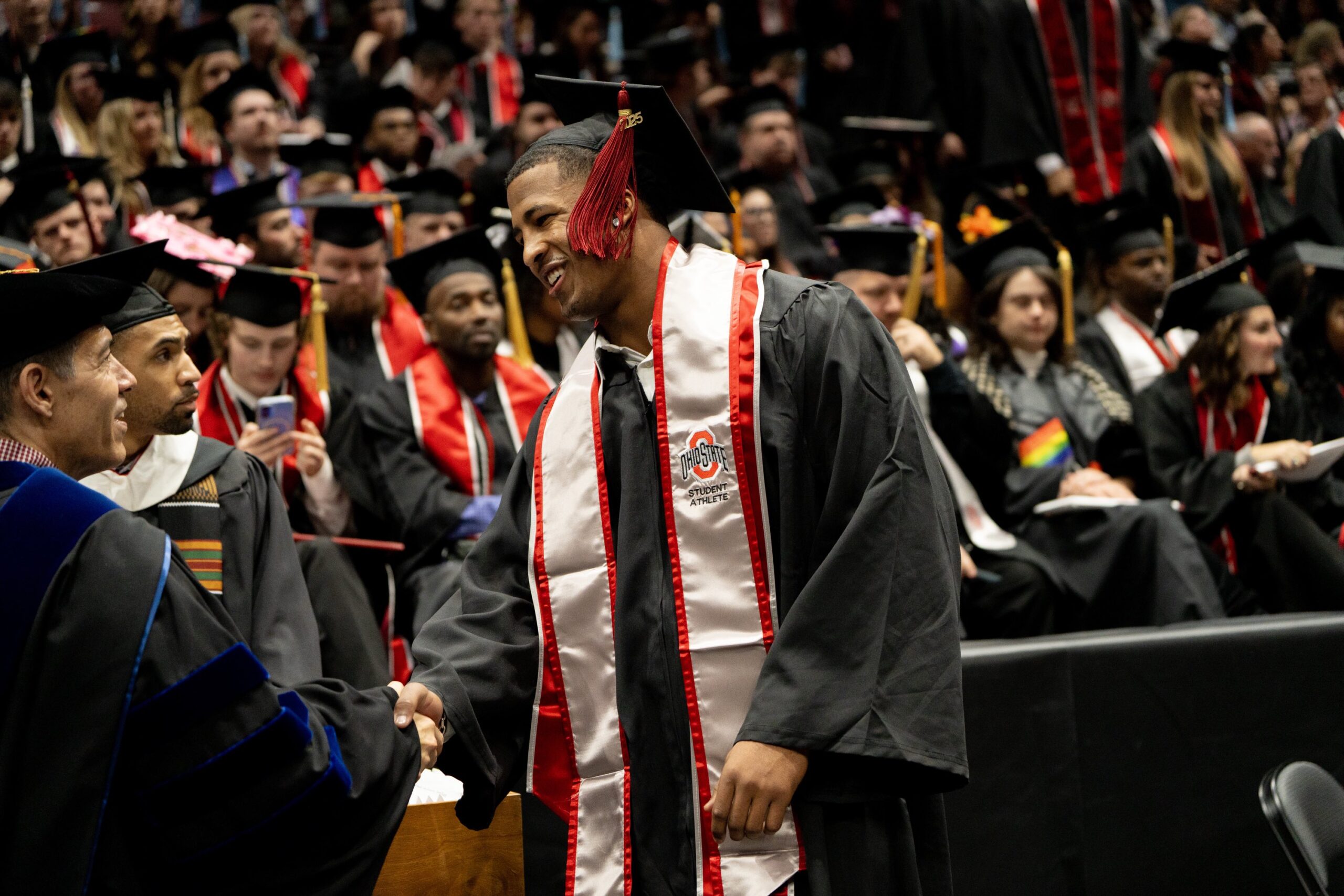
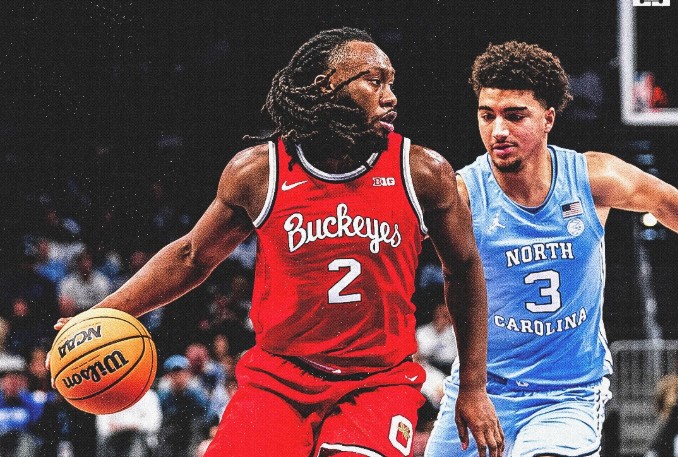




[…] Washington Huskies 2024 Season Preview […]